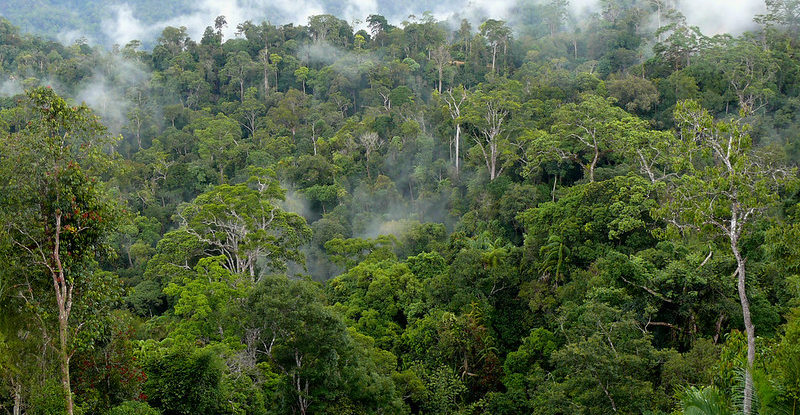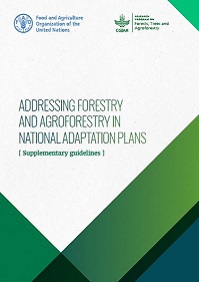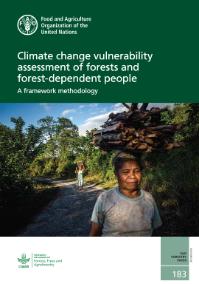Over the years, the climate crisis has demonstrated an inevitable impact on humanity. Rising temperatures lead to rising sea levels, more frequent extreme weather and severe heatwaves. Some 1.6 billion people worldwide will be at risk from flooding by 2050, according to the United Nations.
It is widely known that forests and trees, while greatly impacted by climate change, can also provide solutions to this challenge. In a recent publication titled Addressing forestry and agroforestry in national adaptation plans, the U.N. Food and Agriculture Organization (FAO) and the CGIAR Research Program on Forests, Trees and Agroforestry (FTA), provide guidelines for countries to involve forests, trees and agroforestry in their National Adaptation Plans (NAP) to better manage climate change.
National adaptation plans are the main vehicle for a country to identify vulnerabilities and construct policies and measures to address these vulnerabilities to climate change in the middle and long term, according to Alexandre Meybeck of FTA, a co-author of the publication.
The potential for forests and trees to mitigate climate change has long been acknowledged.
“When people talk about forests and climate change, we very spontaneously think about mitigation and the role that forests play to reduce climate change impacts, like by absorbing carbon from the atmosphere,” Meybeck said. However, not many discuss their adapting ability to the changing climate and increasing human pressure. This adaptation dimension not only determines trees’ mitigation potential, it also has positive spillover effects, enhancing other sectors’ adaptation to climate change, according to the publication, which is also available in Spanish and French.
The ability of forest ecosystems and trees to mitigate and adapt to climate change also depends on numerous policies related to land planning, water management, energy, development and agriculture, often under the authority of different institutions. It is also important to acknowledge the role of forests and trees both in urban settings as well as rural, since the impact of forests expands far beyond its perimeter, for example, because of its water-regulation function. Therefore, the inclusion of the forest and agroforestry sector in NAP is crucial.
In 2019, FAO and FTA co-published a framework that assessed the vulnerability of forests and forest-dependent people to climate change, a natural companion to the recent NAP publication.
“In fact, National Adaptation Plans are the main vehicle for a country to identify vulnerabilities, and construct policies and measures to address the vulnerabilities to climate change in the middle and long term,” Meybeck said. “The publication is very much about how to support these processes of involvement of different sectors, different stakeholders, different value chains into the whole national process.”
It is, of course, no simple business, said Julia Wolf, natural resources officer at FAO, who is also a co-author of the publication.
Adapting forestry, agroforestry and trees in the NAP requires a long-term perspective from the actors involved, legal frameworks and enabling environment.
Making matters more complex, adding forests and agroforestry may conflict with numerous national interests and the allocation of resources in the countries.
“There’s a lot of technical guidance out there; we have a lot of climate data, but I think the principal matters we need to look at are really climate finance and governance, because ultimately, the ownership question and the possibility of a country to go beyond business-as-usual is linked very strongly to power relations and governance questions in countries,” Wolf said.
Listen to an in-depth discussion with Alexandre Maybeck and Julia Wolf in this episode of Let’s Talk Trees podcast.
Related publications:
We want you to share Forests News content, which is licensed under Creative Commons Attribution-NonCommercial-ShareAlike 4.0 International (CC BY-NC-SA 4.0). This means you are free to redistribute our material for non-commercial purposes. All we ask is that you give Forests News appropriate credit and link to the original Forests News content, indicate if changes were made, and distribute your contributions under the same Creative Commons license. You must notify Forests News if you repost, reprint or reuse our materials by contacting forestsnews@cifor-icraf.org.


